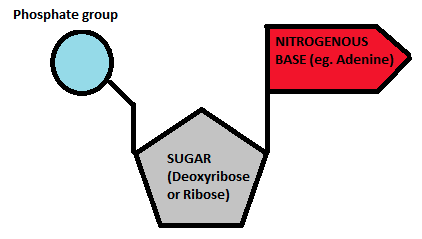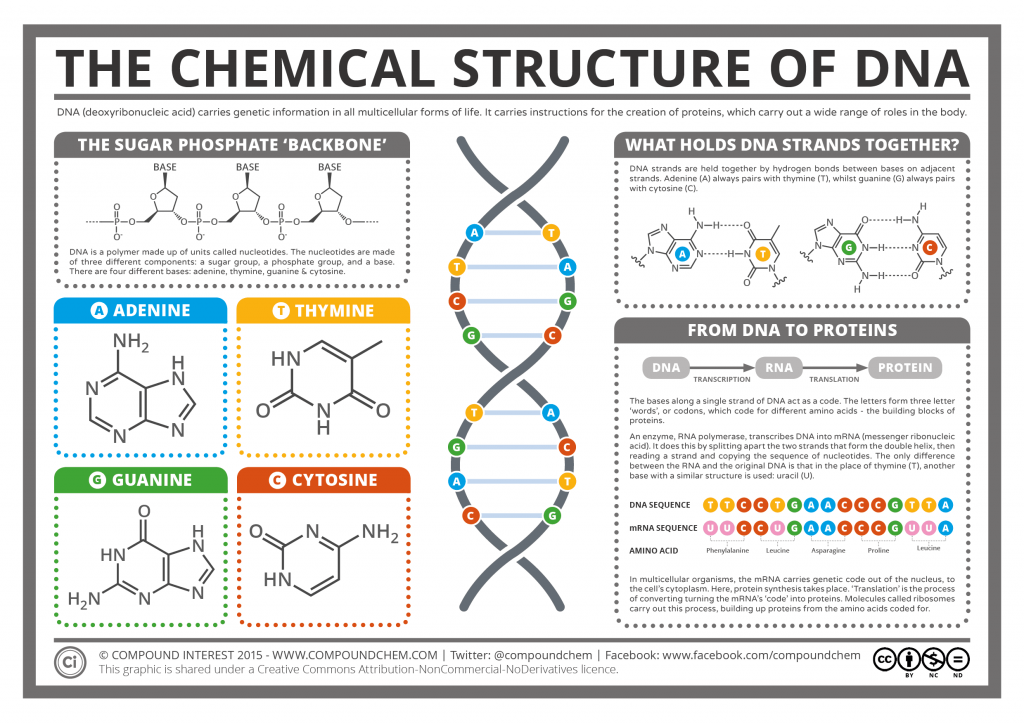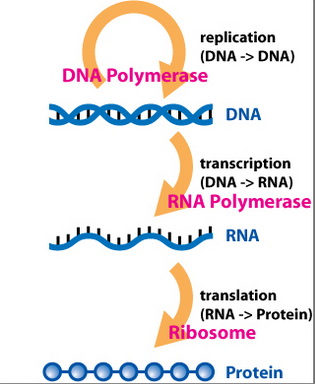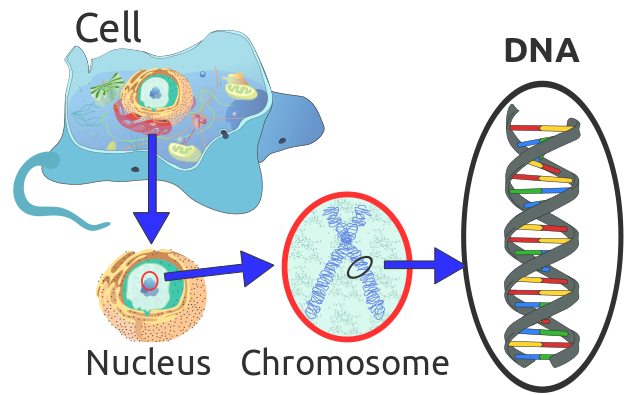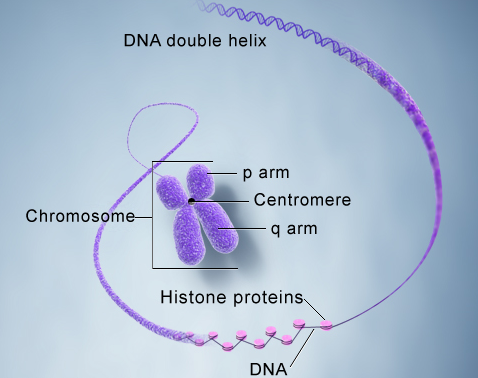Following up wih PEBC notes and their evaluating exam structure, we will review a quick important notes as well as tips that you might be asked about during the exam.
We will talk about the structure and important tips about the macro-molecules:
Nucleic Acids
- The basic units of nucleic acids are nucleotides; each nucleotide contains a heterocyclic nitrogenous base, a sugar, and phosphate.
- Deoxyribose is present in DNA, whereas RNA contains Ribose. (mnemonics from its name)
- DNA contains the bases: adenine (A), guanine (G), cytosine (C), and thymine (T).
- RNA contains: adenine (A), guanine (G), cytosine (C), but has uracil (U) instead of thymine.
DNA Structure
Each DNA molecule consists of two polynucleotide chains joined by hydrogen bonds between the bases; Adenine on one chain forms abase pair with thymine on the other chain, while Guanine base pairs with cytosine. The base sequences of the two strands are complementary. Adenine on one strand is matched by thymine on the other, and guanine is matched by cytosine. Then The double-stranded molecule is twisted to form a helix.
Important Definitions:
Denaturation: Alkali or heat cause the strands of DNA to break and separate but do not break phosphodiester bonds.
Renaturation: If the temperature is slowly decreased under the appropriate conditions, base pairs re-form and complementary strands of DNA come back together from denaturation.
Hybridization: A single strand of DNA pairs with complementary base sequences on an- other strand of DNA or RNA.
RNA Structure
The polynucleotide structure of RNA is similar to DNA except that RNA contains the sugar ribose rather than deoxyribose and uracil rather than thymine. RNA is generally single-stranded (in contrast to DNA, which is double-stranded). Some RNA molecules act as catalysts of reactions; thus, RNA, as well as protein, can have enzymatic activity.
What is the function of RNA polymerase ?
RNA polymerase unwinds the DNA helix and transcribes the DNA template strand into RNA, beginning at the transcription start site.
The three major types of RNA have specific functions in protein synthesis:
a. Messenger RNAs (mRNAs) provide the blueprint for an amino acid sequence.
b. Transfer RNAs (tRNAs) match genetic information to an amino acid sequence.
c. Ribosomal RNAs (rRNAs) self-assemble with basic proteins to form ribosomes.
Chromosomes
The DNA molecule is packaged into thread like structures called chromosomes. Each chromosome consists of DNA tightly coiled many times around proteins called histones that support its structure.
Chromosomes have a constriction point called the centromere which divides each chromosome into two arms one is longer than the other.
- The human cell contains 23 pairs of chromosomes, that is a total of 46 chromosomes.
- 22 pairs called autosomes because they are identical in both males and females.
- The 23rd chromosome is different in both males (XY) and females (XX)
You can understand more about DNA and Chromosomes by watching the following video:
To be continued …

